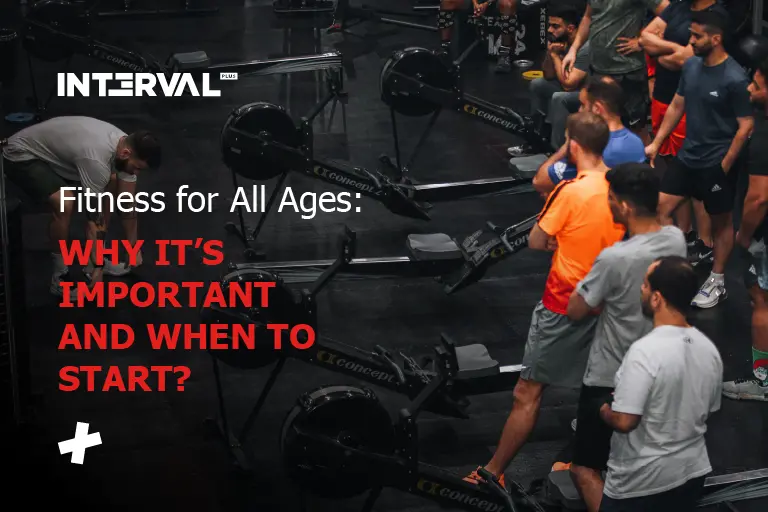In today’s digital world, where screens often dominate children’s lives, encouraging physical activity from an early age is more crucial than ever. Fitness is not just about building muscles or losing weight; it’s about fostering lifelong habits that promote overall well-being. But when should kids start, and what makes fitness so important for their growth and development?
The Importance of Fitness for Kids
Children are naturally active, and regular physical activity helps them in more ways than just burning off energy. Here’s why fitness matters:
- Physical Development
Regular exercise helps develop strong muscles and bones, improving coordination, balance, and flexibility. Children who are physically active are more likely to maintain a healthy weight, reducing the risk of obesity and associated health issues like diabetes and heart disease.
- Mental Health and Cognitive Function
Physical activity is known to release endorphins, which help improve mood and reduce feelings of stress or anxiety. For kids, being active can boost their mental health by reducing stress, improving self-esteem, and enhancing focus in school.
- Social Skills
Fitness activities, especially group ones like sports or functional fitness, encourage teamwork, communication, and problem-solving. These skills are not just valuable for physical activities but translate to better social interactions and confidence in other areas of life.
- Lifelong Healthy Habits
When kids learn the value of fitness at an early age, they’re more likely to carry those habits into adulthood. It helps set a foundation for a healthy, active lifestyle, reducing the risk of developing sedentary habits later in life.
When Should Kids Start Fitness?
There’s no hard and fast rule on when kids should start exercising, but different age groups benefit from different types of physical activity:
- Ages 3-5: At this stage, kids naturally enjoy active play. Encourage activities that involve running, jumping, and climbing. The goal here is not structured exercise but rather to keep them moving and engaged in active play.
- Ages 6-9: As kids grow, they can start participating in more organized sports or group fitness classes. Focus on building strength, flexibility, and coordination through fun activities like swimming, gymnastics and Football.
- Ages 10 and Up: This is an ideal time to introduce more structured fitness routines, such as youth programming workouts, running, or martial arts. At this age, kids can handle more specific training focused on endurance, agility, and strength.
What Type of Exercise is Best?
While it’s important to vary physical activities, some exercises are particularly beneficial for children’s overall development:
- Cardiovascular Activities: Running, swimming, or playing tag helps strengthen the heart and improve stamina.
- Strength Training: Bodyweight exercises like push-ups, squats, and lunges can help build strength. For older children, light weightlifting with proper guidance can be safe and effective.
- Flexibility Exercises: Stretching, yoga, or dance classes help improve flexibility and prevent injury.
- Functional Fitness: Activities that mimic real-life movements, like lifting, jumping, and squatting, help build well-rounded physical capabilities.
Introducing fitness to kids early on sets the stage for a lifetime of healthy habits, mental well-being, and physical development. While it’s crucial not to push kids too hard or too soon, creating a fun and supportive environment for physical activity can help them thrive. Whether it’s a daily play session, organized sports, or age-appropriate fitness programs, encouraging movement is key.
Remember, fitness isn’t about pressure or competition at a young age—it’s about creating a love for movement that can last a lifetime.
If you’re looking for ways to stay active and healthy as a family, explore Interval Plus and discover how functional fitness can help you reach your goals.


